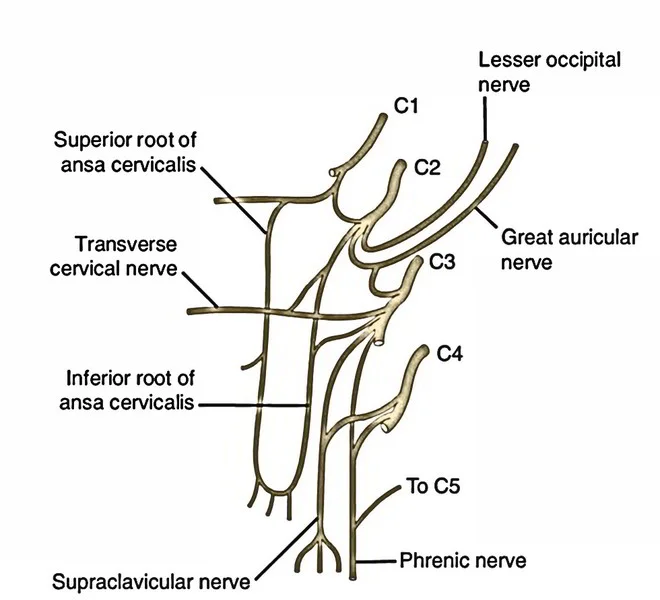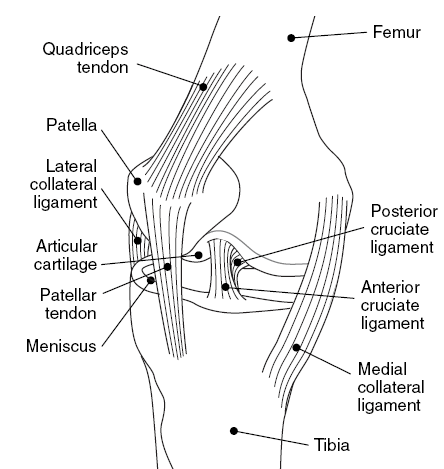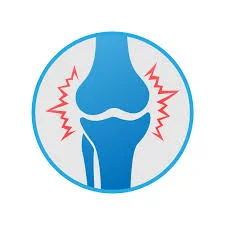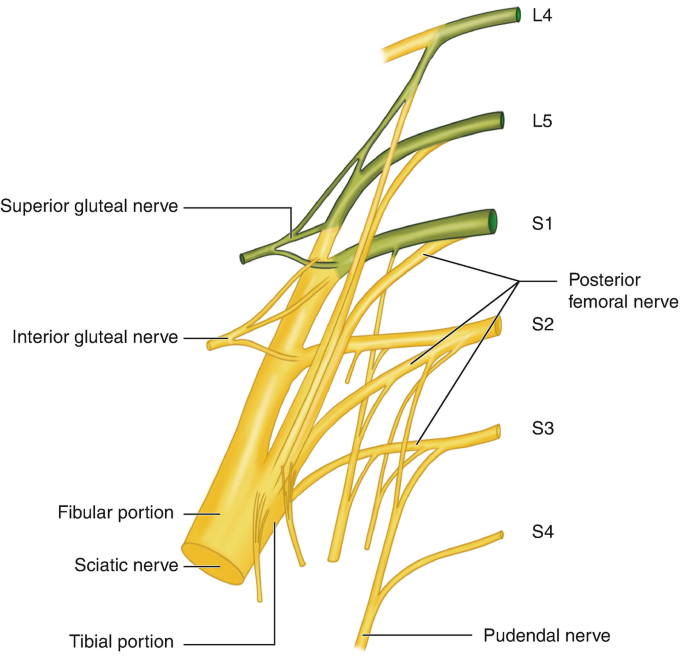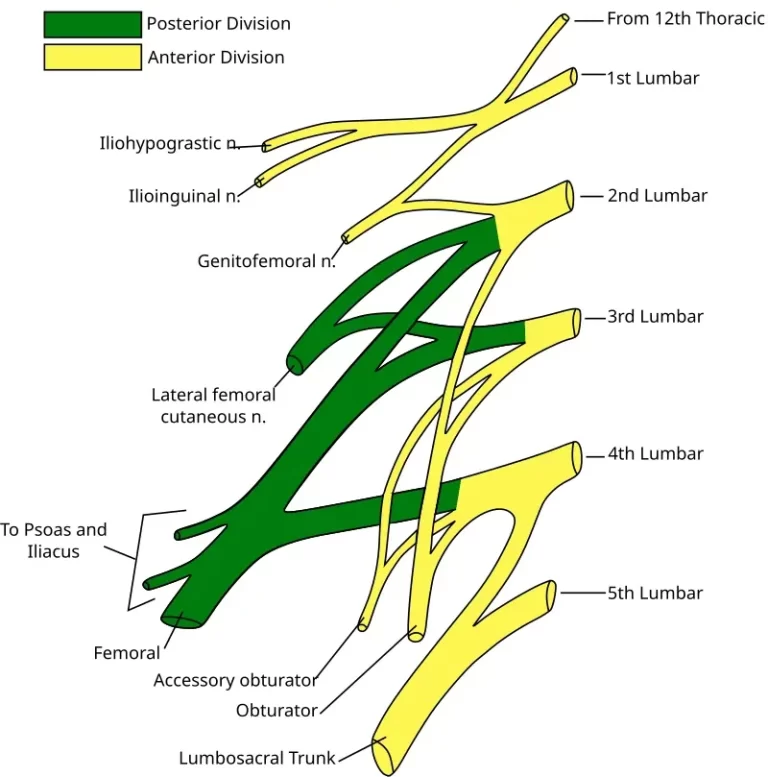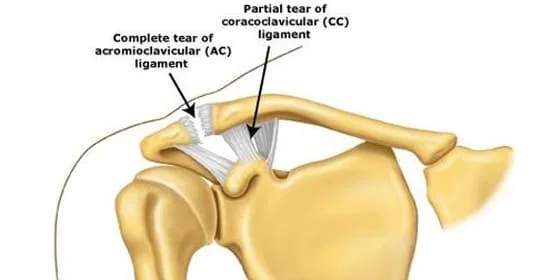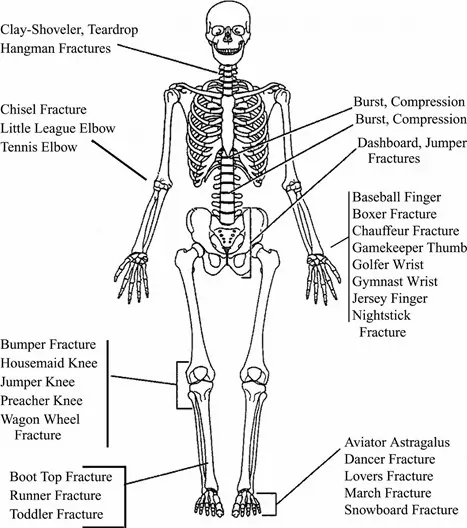Cervical Plexus
Introduction The cervical plexus is a collection of cervical nerves created by the anterior (ventral) rami of spinal nerves C1-C4 (sometimes known as the first through fourth cervical nerves). The cervical plexus’ roots (limbs) are shown here. The 5th cervical nerve (the anterior ramus of spinal nerve C5) may also be regarded as a member…

